The Cynon Valley has been home to many talented artists over history. Here we look into the lives of two very different artists – photographer Hans Hoyer and “the Welsh Van Gogh”, Nicholas Evans – both inspired by the surrounding landscape and industries.
The selection made is based on ‘Photography Imitating Art’. This article illustrates how through their two artistic mediums, both Hoyer and Evans captured the grim and dangerous reality of coal mining alongside its importance as a vital economic force for many Valleys’ families. Both demonstrated their passion for capturing the Cynon Valley’s strong coal mining heritage and history.
Hans Hoyer
Hoyer was a very talented photographer and he lived in Aberdare in the mid 20th century. A member of the Aberdare Camera Club, he was recognised across the UK for his ability behind the lens. Hans won many competitions and went on to judge many contemporary collections. In recognition of his contribution to photography the “‘Hans Hoyer Photography Award” still exists today. This author shares her pleasure of knowing Hans for a brief period at the end of his life.
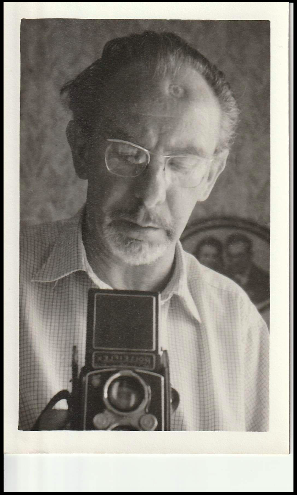
Hans Hoyer, one of the first “selfies” (1960s) (Aberdare Library).
Both traditional photography and paintings capture a moment in time in its actuality. Hans was an experienced photographer, who was able to use his knowledge of the camera’s technical features, such as shutter speed to capture a mirror-like image using a film camera. The important element of his photos was his ability to communicate with the viewer, to tell a story through its composition, lighting, and most importantly, subject matter.

Aberdare Camera Club Exhibition, May 1st 1962
L-R: Evan Rosser (Secretary), Phillip Davies (Chairman), Ben Powell (Treasurer), the High Constable, and Hans Hoyer (Program Secretary). (GD0411: Aberdare Library)
Below are a selection of images that demonstrate the theme “Photography Imitates Art”. The images are from the Hans Hoyer collection bequeathed by his grandchildren and stored at Aberdare Library.
He documented not only the underground mining industry in the Cynon Valley, but also the equally dirty work of the Phurnacite plant in Abercwmboi. Hoyer also documented the impact of the site on the surrounding area.
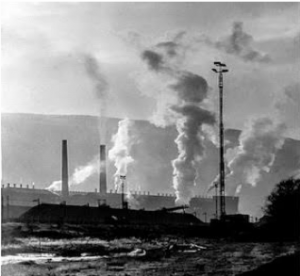
Phurnacite Plant, Hans Hoyer (held by Aberdare Library)
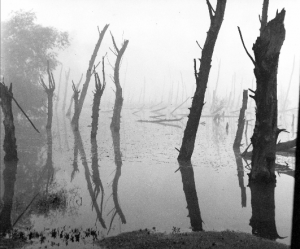
Effects of the Phurnacite Plant, Hans Hoyer (held by Aberdare Library)
Typical terraced housing for miners and their families.
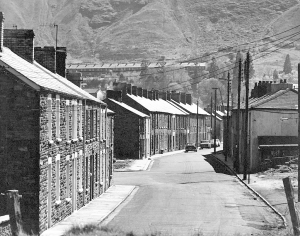
“Cwmaman” (26001 Aberdare Library)
Recreation time when many miners liked to sit and watch the world go by as they smoked their pipes.
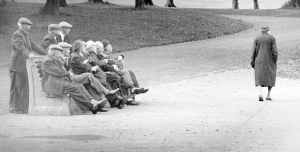
“Watching all the girls go by” (11a163 Aberdare Library)
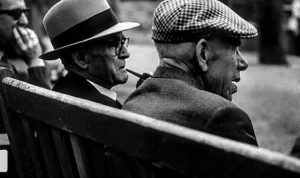
Untitled work (Aberdare Library)
This rural scene illustrates the pastoral views the miners and horses would have had on their ways to and from the pit, a direct juxtaposition from the stark reality of life underground.
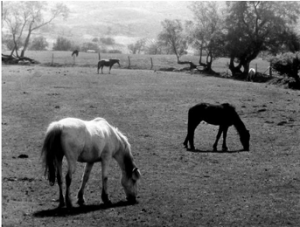
Untitled work (Aberdare Library)
Nicholas Evans (1907 – 2004)
Nicholas Evans was born in Aberdare in 1907. At primary school, he had shown his talent for drawing, which was encouraged by his teacher who provided him with new pencils. Unfortunately, he was forced to stop his hobby as his family could not afford paper.
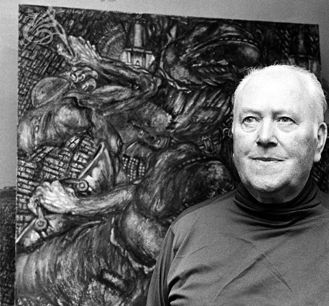
Nicholas Evans
Like many of his contemporaries, he went to work in the mines at the age of just 13. His mining career was brief, ending after three years, when his father, also a miner, was killed at Fforchaman Colliery in 1923. His father was brought home to be laid on the kitchen table, as was common in those days and the whole experience affected him deeply. He continued a connection with the coal industry as an engine driver for the Great Western Railway.
Nicholas Evans took up drawing again after he retired. Initially, he painted with his hands and with random, square pieces of hardboard that he primed with emulsion. His hobby became an obsession and he proudly exhibited at the age of 71 years old at the Oriel Gallery in Cardiff, whereby he was acclaimed as an original painter. Self-taught, he soon became known as “The Welsh Van Gogh”.
He went on to exhibit at the Royal Academy, Tate Modern and Glynn Vivian Art Gallery, Swansea, to name a few venues.
The pieces selected below demonstrate how Evans depicted colliers with his interpretation of them greatly influenced by his father’s early death.

Evans, Nicholas; Transport to the Far End (PB09304: The National Library of Wales)

Evans, Nicholas; Pit Closure, Miners Coming Up (PB09305: The National Library of Wales)
He painted the miners as victims and Evans’ sympathy for their plight gives them an iconic power. Here is darkness, dangerous work and hardship, with Evans painting tools of the trade like tommy boxes, pit props, and pit ponies, in a claustrophobic underground scene. One of his most powerful paintings depicts the Aberfan Disaster with the central figure of a policeman carrying a child, surrounded by grieving parents, envisaged as a Crucifixion.
Realism in his work supported his faith and vision of the miners as victims of the coal industry. These paintings clearly illustrate his realistic style, using paint in an almost photographic way.
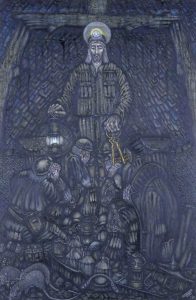
Evans, Nicholas; Entombed – Jesus in the Midst; (NMW A 2849: Amgueddfa Cymru – National Museum Wales)
Shared features
Hans Hoyer and Nicholas Evans both attempted to depict the reality of life in the industrial valleys of Wales during the 20th century. They used different mediums to achieve similar, but also vastly different, images of the coal industry in the Cynon Valley.
Hoyer’s photographs provided a snapshot of the lives of the miners and their families, their homes and recreation as well as the pits they worked. In contrast, Evans uses paint to show those same miners as victims of a cruel industry. Both are examples of realism, depicting the reality of working life in heavy industry and to show that there is no grandeur or noble artistic ideals in the common man.
Wendy Donovan, Cynon Valley Museum Volunteer, May 2020
Further reading
- A collection of Hans Hoyer’s work is available to browse via People’s Collection Wales.
- A catalogue of Nicholas Evans’s work is available to browse via Art UK.
- Nicholas Evans’ biography.
- You can see two of Nicholas Evans’ works in our Mining case.
Thanks for reading!
We’re working hard to bring online content to you during this period of uncertainty. You can see some of these on our Exhibition at Home page. If you’d like to support the Cynon Valley Museum during this time, please share this post with your friends and family. You may also like to make a donation! We’re a registered charity and really appreciate your support.
Like this?
You might be interested in receiving Y Chwa/The Blast, a quarterly newsletter for the Friends of Cynon Valley Museum, which includes collection highlights, museum news, and similar articles to this. Click here to find out more about the Friends Group.
-
[…] can read more about Han Hoyer’s photography on a blog post written by one of the Museum’s […]
Leave a Comment
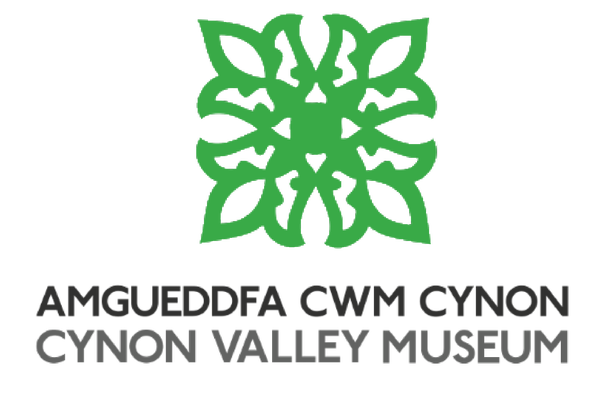
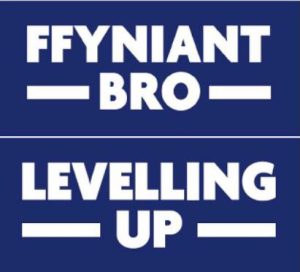

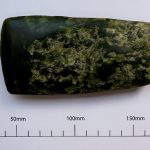
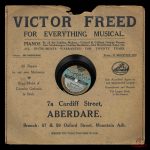
Evans,Nicolas Entombed Jesus in the Midst i have a print of it was wondering if its worth anything please.
Hi Gaynor, we wouldn’t be able to comment on value. It’s always best to look at whether the print is limited edition, or a short run of prints. Sorry we can’t help more.